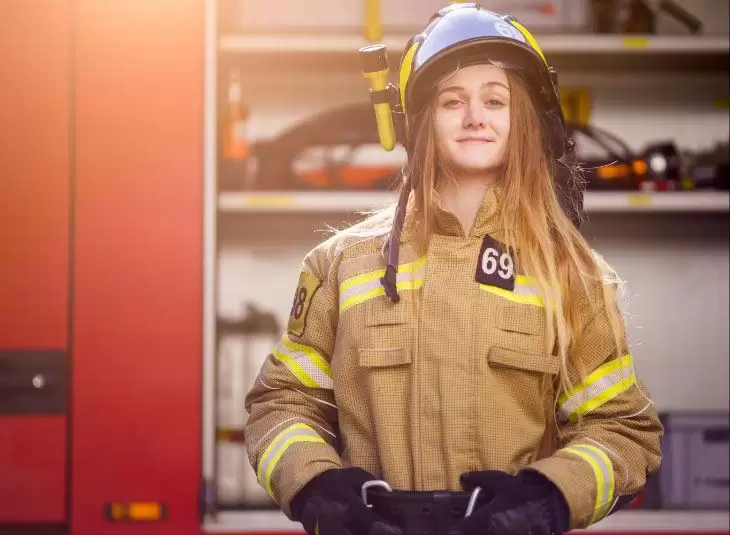First responders are important members of our communities. They protect our safety, health, and wellbeing by being there in emergencies, both big and small. Firefighters and EMTs are two of the heroes that make all the difference—and it’s up to us to show them just how much we appreciate what they do for us. Here are four ways to support local EMTs and firefighters today:
1. Donate time, money or supplies.
There are a number of ways that we can give back to firefighters and EMTs in our community, and it doesn’t always have to be through monetary donations:
- Donate your time: volunteer firefighting presents an opportunity for everyday civilians to join in and protect their neighborhoods. Guided by professionals, you can help to put out fires, coordinate support, or help clean up fire zones.
- Donate supplies: there are a number of supplies that EMTs and firefighters need on a daily basis. From response system kits to tourniquet supplies or casualty evacuation packs, you can provide your local fire station with the tools they need to do their job. If you’re not sure what to get, reach out and assess what supplies are short of stock.
- Donate through a fundraiser: there are a number of fundraisers going on at a national and local level that raise funds for firefighters and EMTs. If you have the resources available to you, consider organizing your own event to gather funds.
2. Get involved in your community.
There are a number of ways to indirectly support EMTs and firefighters by getting involved in your community. For example, donating blood and plasma provides first responders with the resources they need to treat wounded individuals in an emergency.
3. Learn from our heroes.
There’s a lot to be said for learning from the first-hand experiences of those who take care of our community. Make a conscious effort to listen to the stories of firefighters and EMTs in your community. You can also use the internet to learn about professionals from across the country.
For example, in a recent article from BusinessInsider.com, Colleen Walz, Fire Chief of the St. Johns Fire District in Johns Island, S.C., shared, “The Bricelyn Street fire in particular was a wake-up call to many of us in the department. I developed an unquenchable desire to become a better firefighter, and since I was a new officer, I was determined to learn as much as I could. I took my promotional exams and rose through the ranks. I was the first female officer in the department, and unfortunately to this date the only female officer in the PBF of any rank.”
4. Be a prepared bystander.
You never know when you might witness an emergency. Before first responders arrive, it’s up to the present citizens to help those in need. To ensure that you’re ready to help in any situation, consider the following:
- Take a CPR course: though you should leave any heavy lifting or medical care to the professionals, having a basic knowledge of first aid and CPR practices can help you assess and stabilize a situation while you wait for help.
- Invest in fire safety protocols in your workplace or home: prevention is the first step to avoiding fires or other emergencies! Think about your own home or office. Is there a fire safety plan in place? Do you know where to access fire prevention equipment? Is your fire monitoring equipment up to date? Set aside time to create a fire preparedness plan to ensure the safety of those around you.
Showing Appreciation for Heroes
No matter how you do it, make sure to put in an extra effort to show you care this next month. Whether through a donation of your time, money, or resources, you can make a difference for the EMTs and firefighters that keep your community safe.
